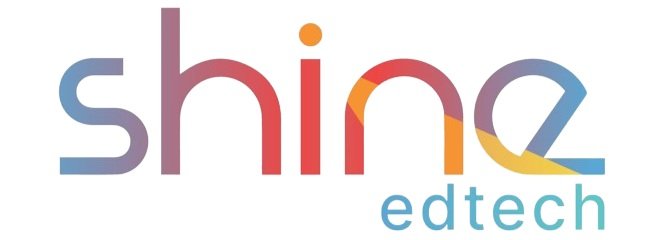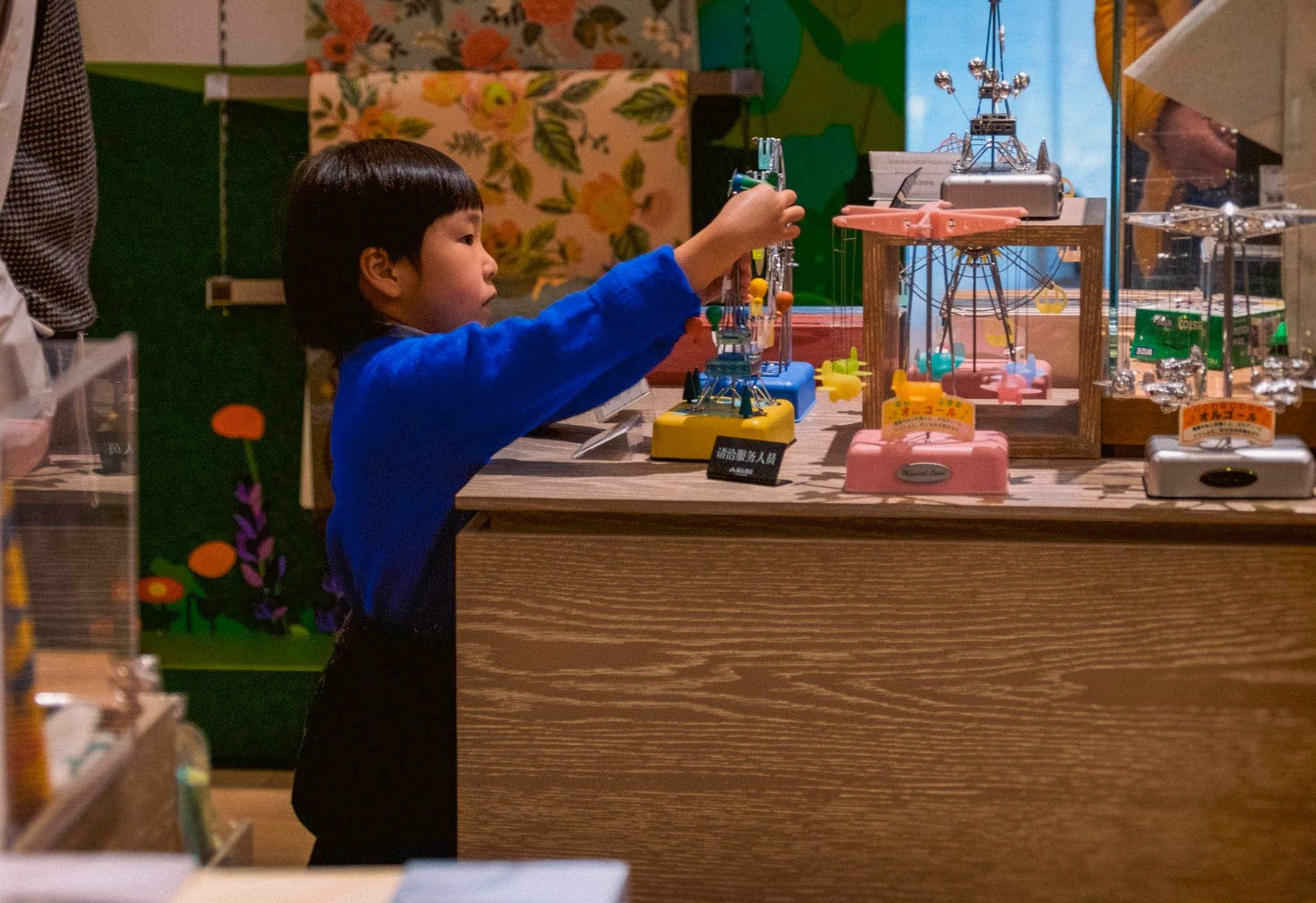Personalized Learning
There is no one way to learn. Learning needs to evolve with its learner.
Personalized learning is learning experience designed with each student’s specific needs in mind. In personalized learning, learning components like pace of learning, content, sequence, technology, content, instructional approach, instructional content and other aspects are adjustable according to the needs and learning purpose of each student.
The aim with this more tailored education is to provide relevant learning opportunities that support students as they progress through the learning material. The end aim is to empower more students succeed in their studies.
Read more about one of the ways machine learning can be used to personalize learning here.
By mapping out the learner’s patterns with analytics and AI, we can tailor learning to their unique needs.
AI technology such as digital avatars can help children and teachers with personalized education. In this example, the AI Learning Helper from NTT DATA Business Solutions (formerly itelligence) supports children to become confident readers. The teaching engine helps pupils with vocabularies, pronunciation, and understanding stories. The digital avatar can ask and answer questions and detect emotions.
How Machine Learning Will Revolutionize the Education Sector
Increasing efficiency. Machine learning in the form of artificial intelligence has the potential to make educators more efficient by completing tasks such as classroom management, scheduling, etc. In turn, educators are free to focus on tasks that cannot be achieved by AI, and that require a human touch.
Learning analytics. Machine learning in the form of learning analytics can help teachers gain insight into data that cannot be gleaned by using the human brain. In this capacity, computers can perform deep dives into data, sifting through millions of pieces of content, and making connections and conclusions that positively impact the teaching and learning process.
Predicative analytics. Machine learning in the form of predictive analytics can make conclusions about things that may happen in the future. For instance, using a data set of middle school students’ cumulative records, predictive analytics can tell us which ones are more likely to drop out because of academic failure or even their predicated score on a standardized exam, such as the ACT or SAT.
Adaptive learning. Machine learning in the form of adaptive learning can be used to remediate struggling students or challenge gifted ones. Adaptive learning is a technology-based or online educational system that analyzes a student’s performance in real time and modifies teaching methods and the curriculum based on that data. Think AI meets dedicated math tutor meets personalized engagement.
Personalized learning. Machine learning in the form of personalized learning could be used to give each student an individualized educational experience. Personalized learning is an educational model where students guide their own learning, going at their own pace and, in some cases, making their own decisions about what to learn. Ideally, in a classroom using personalized learning, students choose what they’re interested in, and teachers fit the curriculum and standards to the students’ interests.
Assessment. Machine learning in the form of artificial intelligence can be used to grade student assignments and exams more accurately than a human can. It may require some input from a human being, but the results will have higher validity and reliability.


